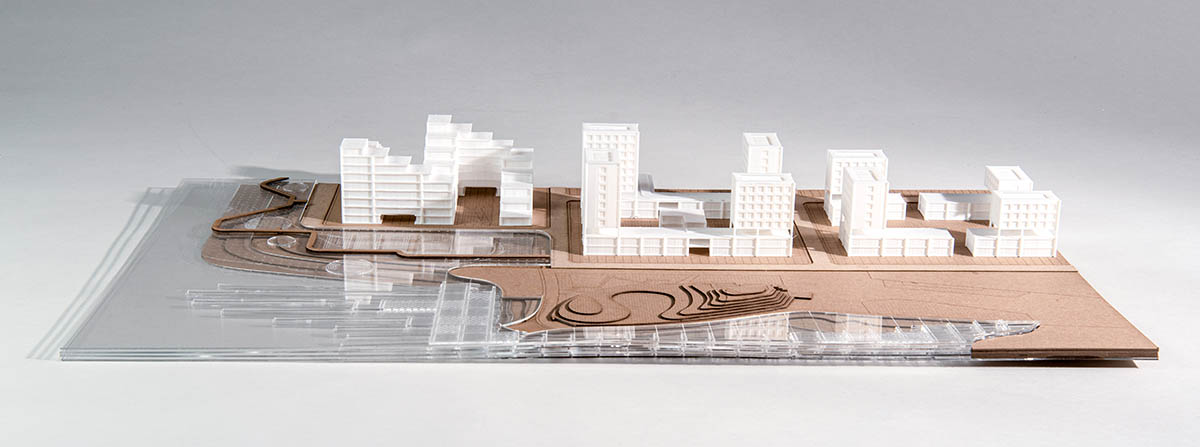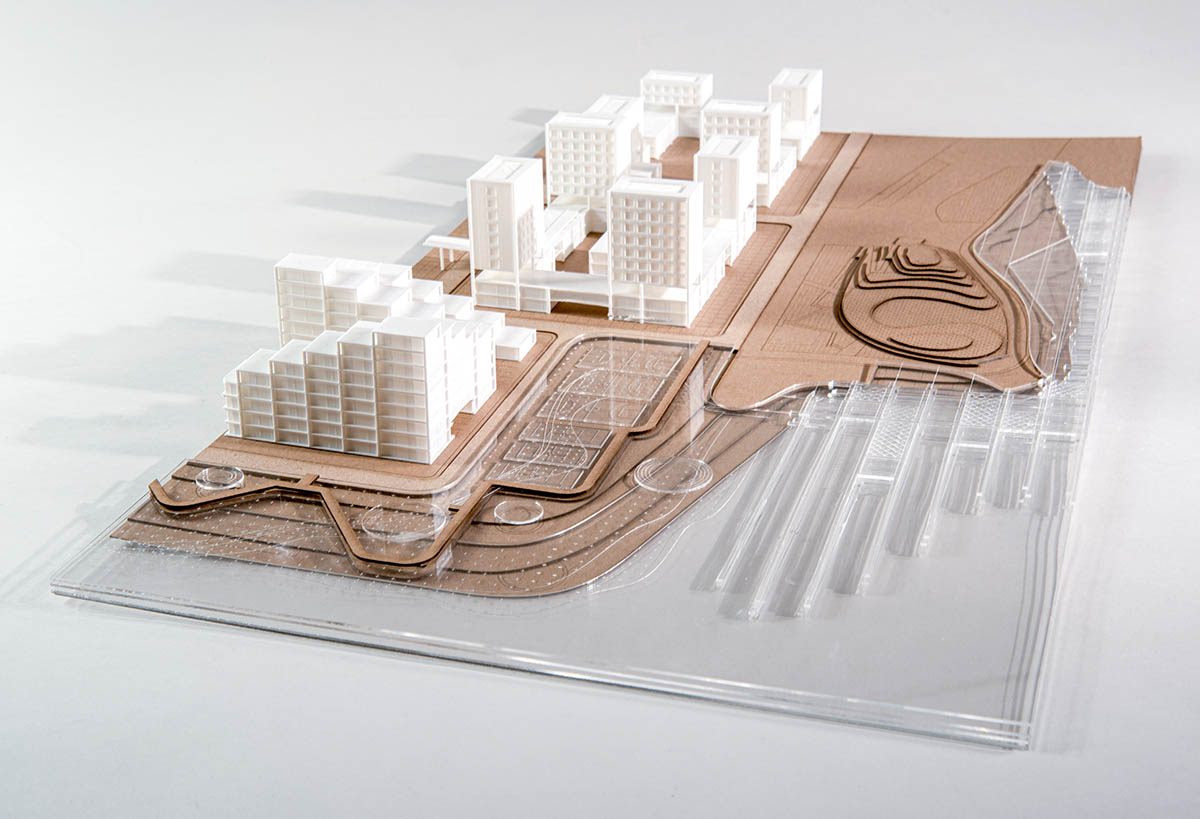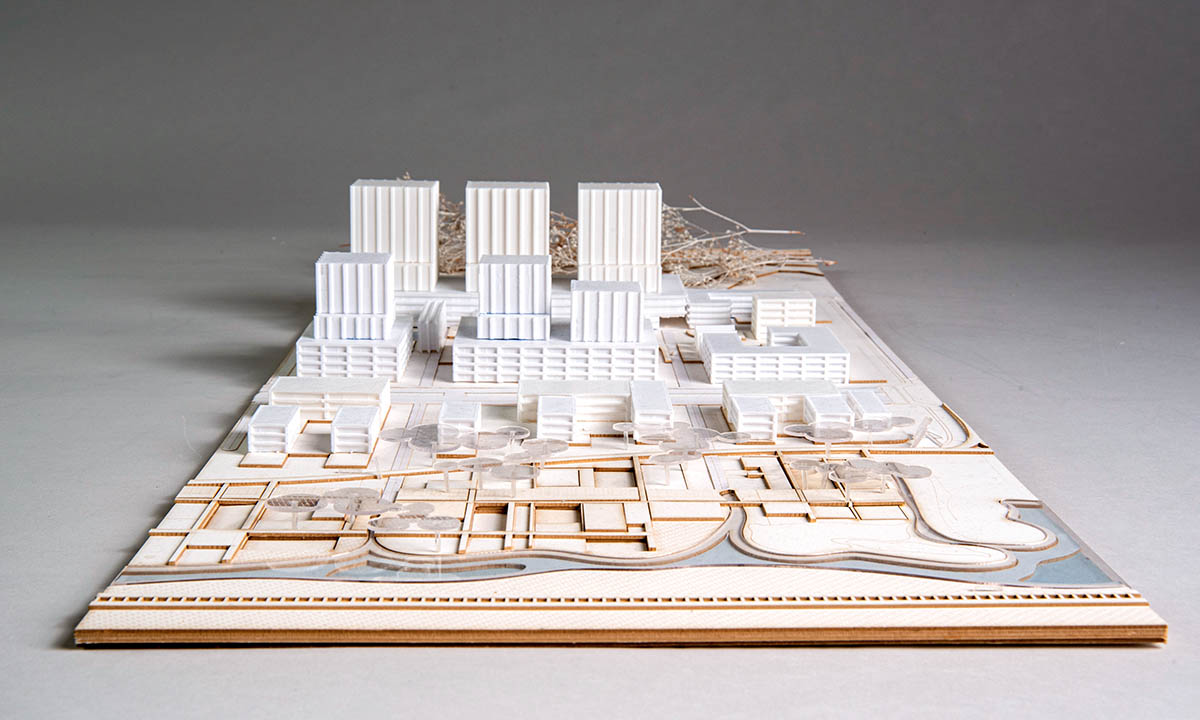Undergraduate School and Major
NMIMS’s Balwant Sheth School of Architecture: Bachelor of Architecture
Program
Master of Architecture in Urban Design, 2021
What does a typical week look like?
Last spring (my second semester at the GSD), I had classes five days a week. Monday and Wednesday mornings, I took a course at the Harvard Kennedy School with Professor Quinton Mayne. After lunch, I usually spent time on my studio work and finishing up readings. Tuesdays and Thursdays, I had a mandatory seminar for second semester MAUD students with Professor Stephan Gray called “Cities by Design II: Projects, Processes, and Outcomes,” followed by studio from 2:00 to 6:00 pm. My spring 2020 option studio was “After Amazon, What’s Next for LIC?” led by Michael Samuelian. After studio, I would review the critique received and get dinner with friends. On Fridays I took the lecture course “Cities, Infrastructures, and Politics: From Renaissance to Smart Technologies” with Professor Antoine Picon. I also tended to catch up on my student job work on Fridays, since, on top of my coursework, I worked roughly 10-15 hours a week as a research assistant for Professor Rahul Mehrotra.
In addition to my fixed course schedule, I try to make time to work out and attend GSD events. Last year, I made it a practice to take Friday evenings off, enjoying Beer ‘N Dogs—a weekly event hosted by different student groups at the GSD. I also made a point to go to at least one public program happening on campus a week. Weekends are usually spent completing assignments, hanging out with friends, catching up on sleep, and doing household tasks.
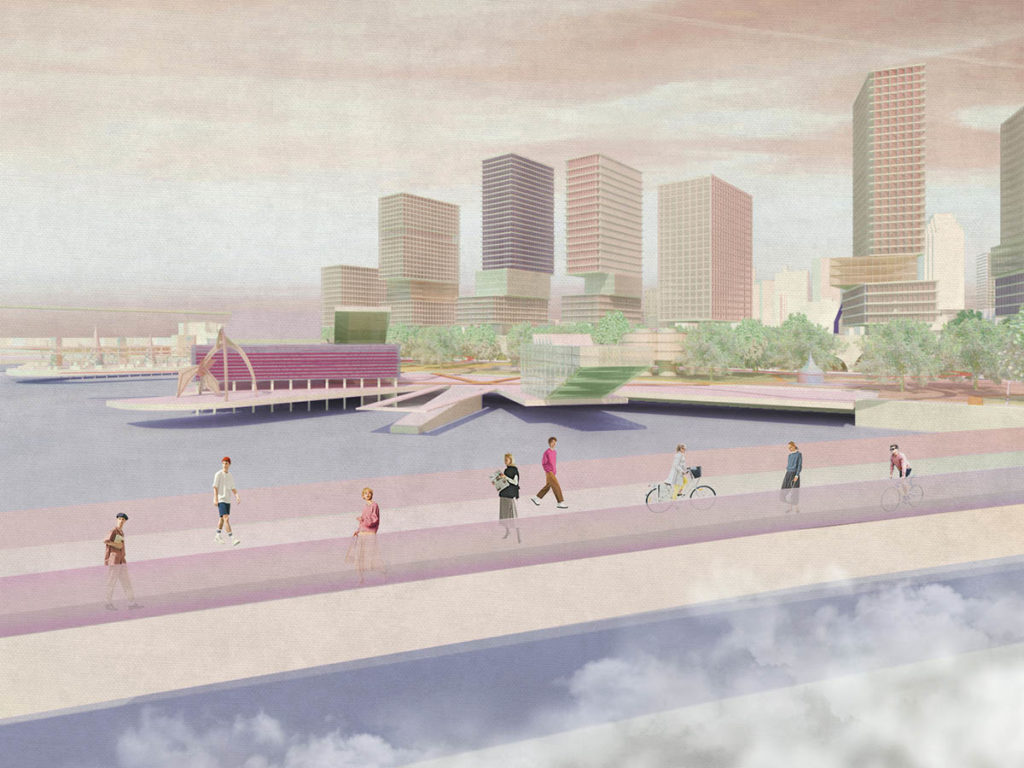
What types of student organizations are there?
Student organizations are varied and eclectic at the GSD. There are groups based on the regions we hail from, such as South-Asia GSD, Medina GSD, Latin GSD; and there are groups based on advocacy and activism, such as Queer in Design, Womxn in Design, and Labor GSD. There are also department-based groups, such as Harvard Urban Planning Organization (HUPO) and UD:ID (the Urban Design department publication group), as well as organizations around shared hobbies and interests, such as GSBee (our beekeeping club) and GSTea (our tea appreciation club). There is also an elected GSD Student Forum that represents the student body as a whole. Browse the Student Group Directory.
What are the libraries like at Harvard?
There are over 70 libraries (including the Design School’s Frances Loeb Library) under the Harvard Library umbrella. In addition to online resources, you can order books using HOLLIS, which also allows for scan and deliver and call options for publications not available in the Harvard library system. While on campus, I also found the Smith Center a fantastic space for students to work.
What opportunities are there for students to connect their designs to real-world issues?
There are numerous opportunities at Harvard to realize real-world issues through design. In terms of coursework, one could opt for a thesis track or do a four-credit independent study with your professor of choice. Numerous grants and fellowships bolster real-world ideas and fund them as well, such as the Penny White Project Fund, which many previous GSD students have used to do work around the world. Research opportunities also come from organizations at Harvard, such as the Joint Center of Housing Studies and the Lakshmi Mittal and Family South Asia Institute to name a few.
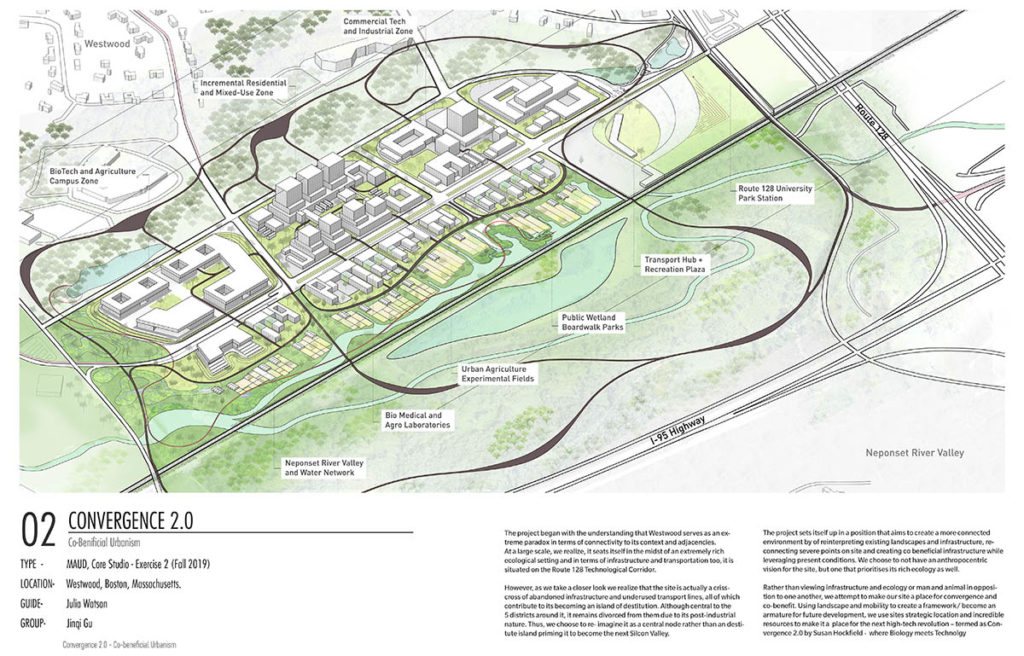
Does the GSD have a support system or opportunities for students who are entrepreneurs (or aspiring entrepreneurs)?
We have access to a great support system for entrepreneurs and aspiring entrepreneurs through the incredible resources at the Harvard Innovation Lab and MIT Innovation Initiative. There are accelerator programs, angel investor initiatives, research and development grants, and networking and mentorship opportunities with excellent professionals in the field. In addition, there are multiple open idea contests and calls for proposals at different times throughout the semester that may be pan-Harvard initiatives or come through different schools at Harvard.

